The connection between breast implant safety and disease has been reported in scientific journals for many years. In this segment of Deep Dive, the Editors-in-Chief of the world’s top 2 Plastic Surgery Journals weigh in on the suspect Annals of Surgery article. Foad Nahai, MD, Editor-in-Chief of the Aesthetic Surgery Journal, and Rod Rohrich, MD, Editor-in-Chief of Plastic and Reconstructive Surgery, discuss the controversial article looking at breast implant safety and disease.
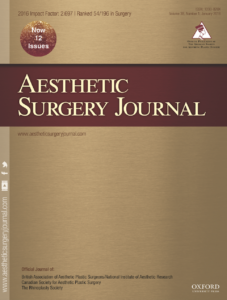
The FDA View
The FDA admonished the Annals of Surgery publication methods and conclusions in a press release stating: “We respectfully disagree with the authors conclusions. In our editorial response, we note our concerns with significant shortcomings with the study’s methodology and how the data is presented and concluded, including inconsistencies in the data and potential sources of bias. Because of these concerns, we urge the public and healthcare community to view this external assessment’s conclusions with caution.”
Reliable Information is Critical for Breast Implant Safety and Disease
The paper’s questionable collection of data, acknowledged by it’s authors, leaves surgeons without the proper tools to derive meaningful conclusions about breast implants and their relation to the diseases noted. The authors from MD Anderson claimed the new “study” had 100,000 patients.However, many scientists have noted this to be flawed data collection from 2 very different breast implant post-approval studies. Experts have emphasized that this does not result in a larger study at all, but rather a review of 2 previous studies.
Dr. Rohrich, a board certified plastic surgeon practicing in Dallas, finds that the voluminous patient population, and the self-reported aspect of their individual data, poses a major problem to drawing any significant conclusions.
“The challenge is with all of these large, post-approval studies – as all of us know from the FDA – is it’s very hard to get any real data that provides conclusive conclusions,” he explains. “That’s the problem here; you have two cohorts from different manufacturers with different criteria that they looked at – self-reported data – that is the biggest crux. So much of it is self-reported and non-verified: that’s a challenge! I don’t know if we can get any conclusions from this study.”
The Problem with Self-Reporting
The study relied on self-reported medical issues, meaning there was no confirmed medical diagnosis. In other words, the patients included gave their own diagnoses. Clearly, this is a major problem in terms of the integrity of the data. Additionally, other pertinent information regarding the patients was not collected. “We know very little about the age of the patients involved, their previous history, the type of procedure they had, any pre-existing conditions the patients may have self-reported,” shares Dr. Nahai. “There’s a lot to dig into here in terms of the confounders that most likely affect the conclusions the authors are coming to.”
The integrity of conclusions is critical. Surgeons and scientists need to know the connection between implant technology and diseases in order to deliver patient safety. Great science has been done over the last number of decades, providing significant data to be able to make claims with confidence.
Robust scientific studies and an entire report by the Institute of Medicine in 1999 has determined no association of silicone breast implant with disease and that implants were not carcinogenic, mutagenic or immunologic. The annals report found, compared to the general population, a higher risk for Rheumatoid arthritis, melanoma, and still births, and lower risk of other diseases including lung cancer, other cancers and fibromyalgias.
“The data for some of the other things is soft, and this study does point that out, but it was self-reported data on rare, infrequently diagnosed problems,” shares Rohrich. “One can’t make a cause and effect relationship between implants and anything else. We don’t even know what causes some of these diseases! Even though this is a large group of patients, it’s very challenging to get any significant type of conclusions.”
Where Should Surgeons Go From Here?
Dr. Nahai speaks to one option, a breast implant registry. This would track each implant, the patient it went into, their medical background, the type of procedure, and anything notable surrounding it. “We have called for years for a breast implant registry,” he shares. “I believe our colleagues in Australia and New Zealand have already started on one. I think that’s how we will have the data to show exactly what the risks are of these implants, rather than these self-reported, retrospective reviews.”
Again, patient safety is what the whole story is about. “One thing we’ve learned, we side with the patient,” says Rohrich. “We side with patient safety. We learned that from ALCL. All of our societies, especially ASAPS and ASPS, have worked hard and worked together to look at this rare type of problem. But we are looking at the science.
“If patients have these issues, we need to listen to them. If they want to have implants removed or want answers, we have to look to science; we can’t look to emotion anymore. I think that’s what we must do as plastic surgeons; we must stand with our patients.”
Stay tuned for the next part of PSC Deep Dive on Breast Implant Safety and Disease. See more Deep Dive programs here.

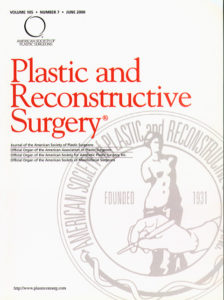



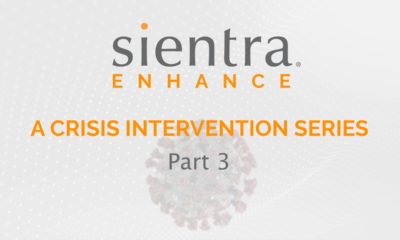

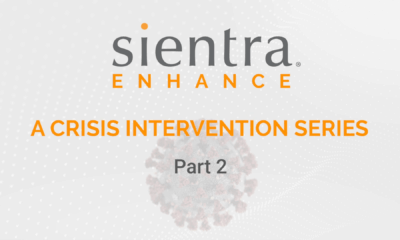
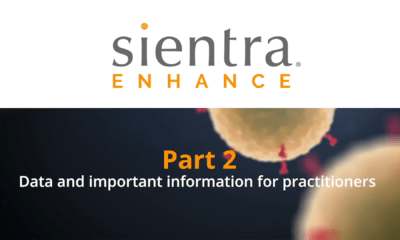
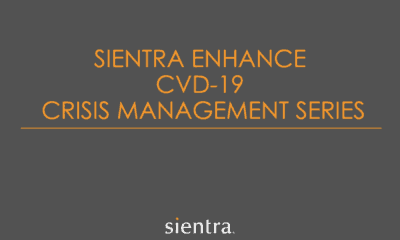
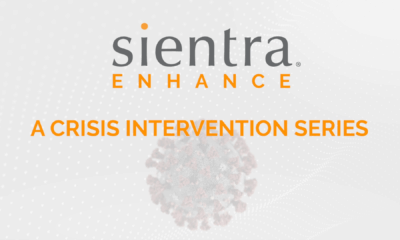





Facebook
Twitter
Instagram
YouTube
RSS